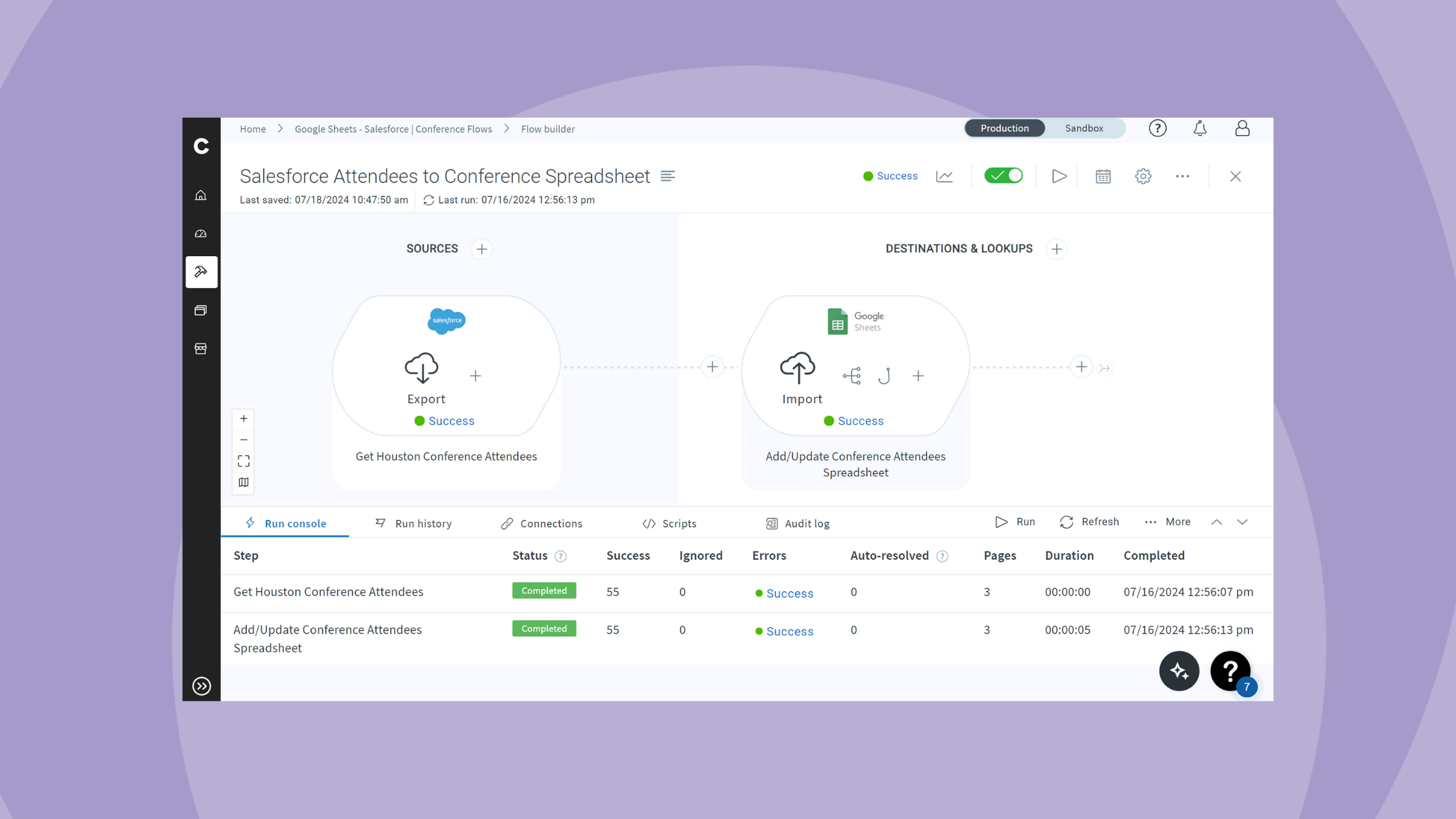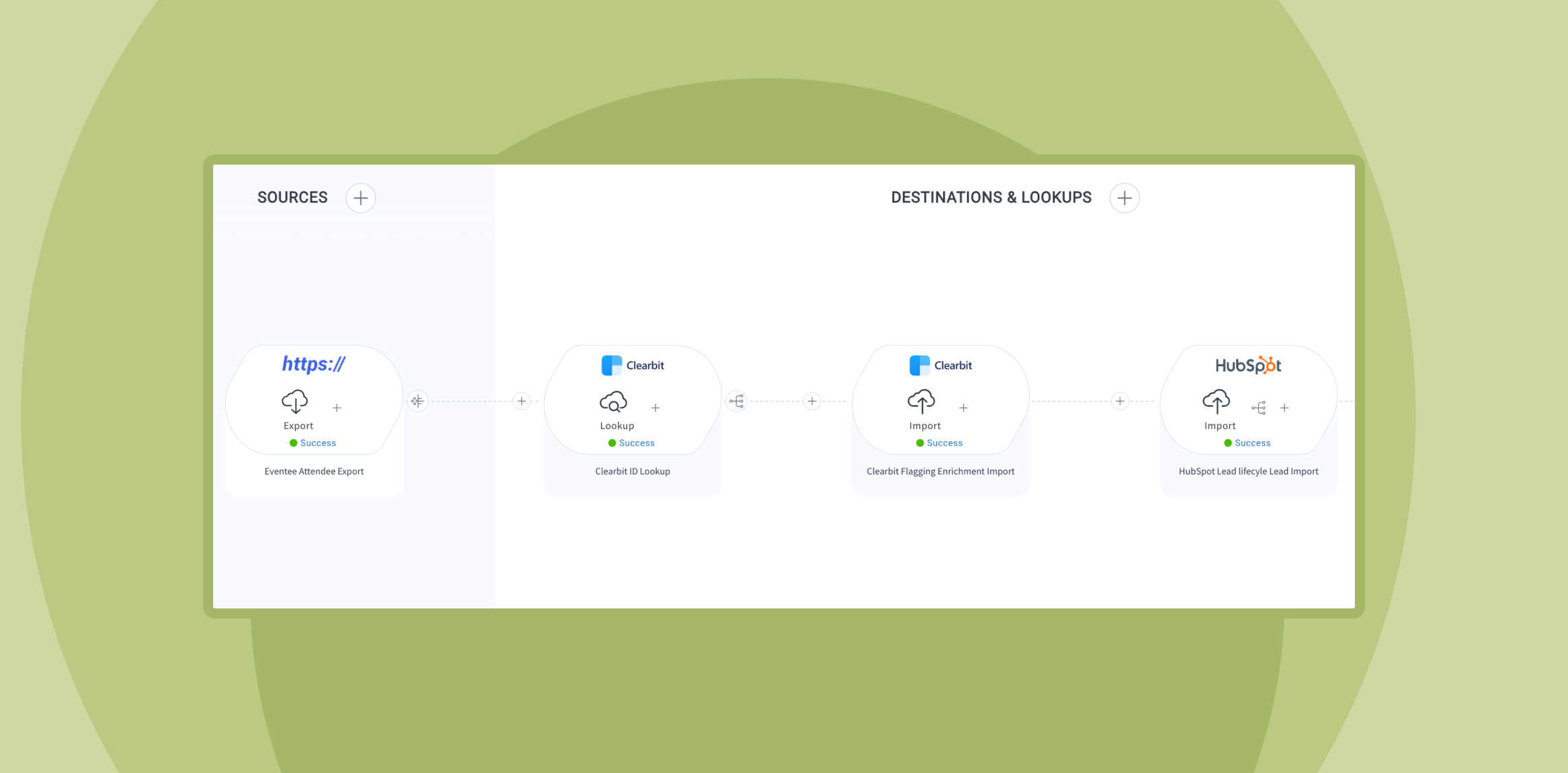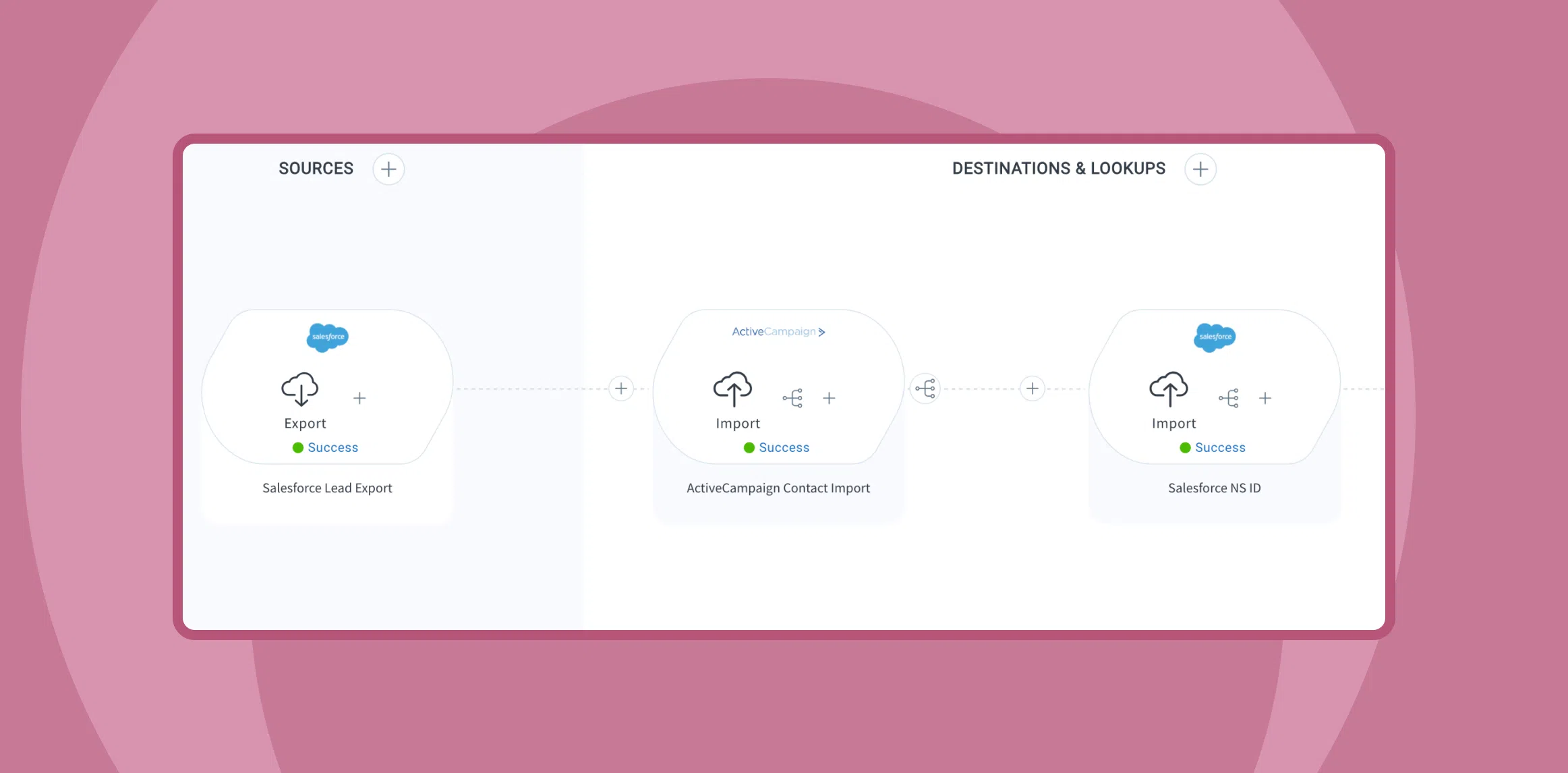Published Jun 21, 2024
How to automate lead engagement for optimal revenue growth
Maximizing sales efficiency through streamlined lead engagement.
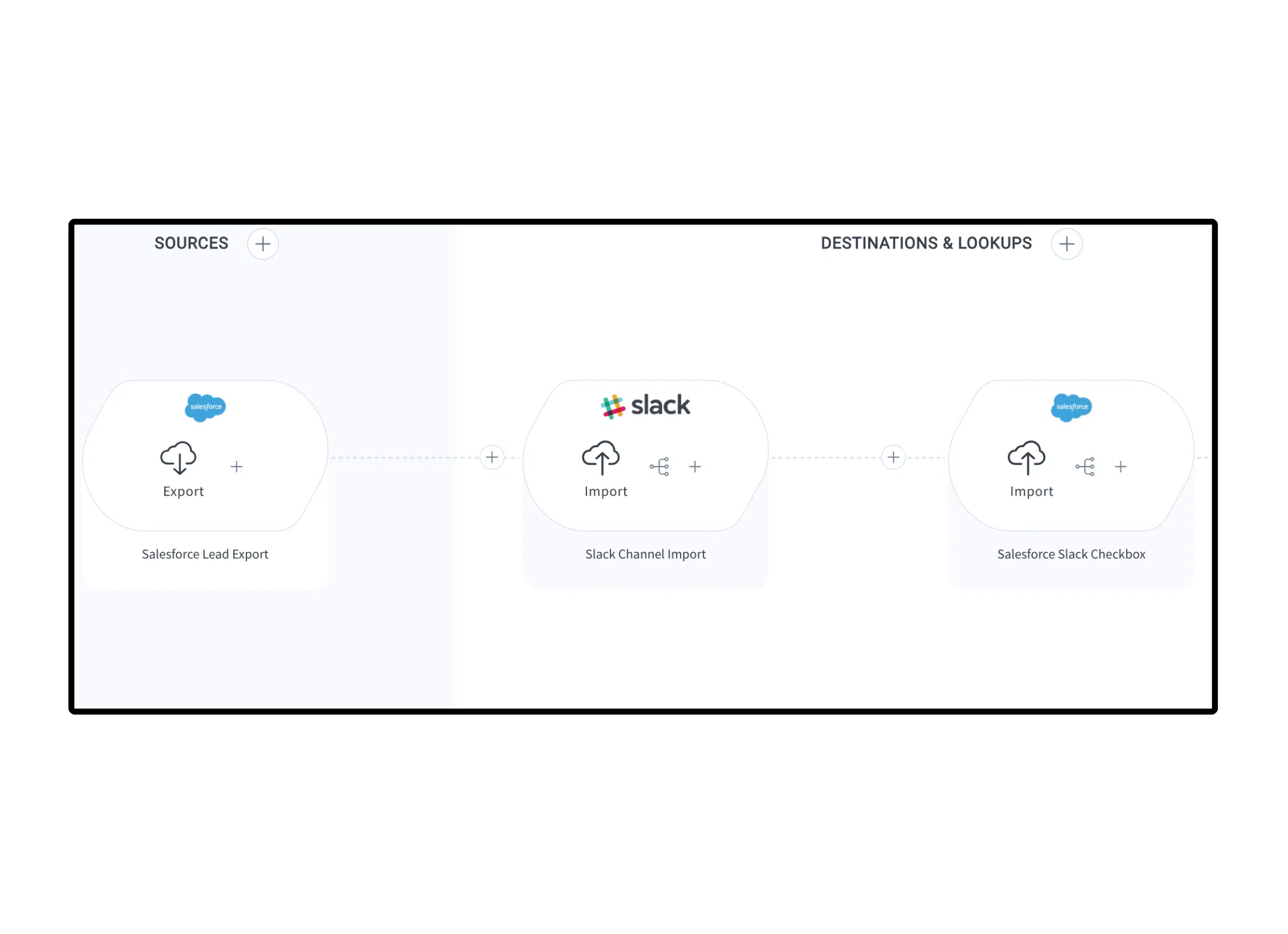
Lead lifecycle management is the journey potential customers take from first becoming aware of your brand to purchasing. In other posts, we demonstrate how to automate lead capture and lead syncing. In this demo, we’ll walk through an example flow for lead engagement.
Lead engagement overview
Getting the highest intent leads to the right sales reps as quickly as possible for immediate follow-up is critical. Conversely, lower intent leads should be filtered into nurture campaigns. Manual lead distribution can be slow and prone to errors, resulting in missed opportunities and inefficient use of resources. Automating this process ensures that high-intent leads are quickly and accurately routed to the appropriate reps, improving engagement and maximizing revenue potential.
Here, we will demonstrate a practical example of how to automate lead engagement and distribute leads among sales reps and campaigns based on their priority and intent.
Example flow for lead engagement
Imagine you are a marketing or revenue operations manager using Salesforce intent signals to detect when a lead searches for a specific keyword or competitor. You want your hottest leads routed immediately to reps for follow-up to stay top-of-mind for prospects and close revenue. Additionally, you want to segment your nurture leads into a nurture campaign.
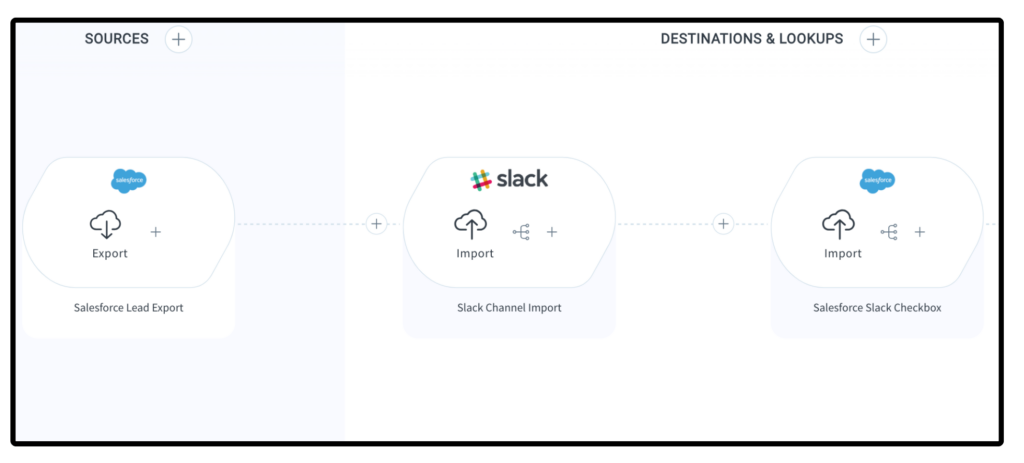
When Salesforce identifies a high-intent signal, you want to ensure the lead is routed in real-time to the right sales rep via Slack for immediate follow-up.
Lead engagement video demo
Track high-intent signals in Salesforce
Objective: Capture high-intent signals and gather detailed lead information.
- Set Up Salesforce Connection:
- Ensure the Salesforce connection is established and running.
- Write an SOQL Query:
- Construct an SOQL query to select the required data fields for the lead information.
- Only select leads where the lead rating is “Hot” and the “Sent to Slack” custom checkbox field is NULL.
Route high-intent leads to Slack
Objective: Notify the appropriate sales reps about high-intent leads in real-time.
- Set Up Slack Connection:
- Ensure the Slack connection is established and running.
- Configure Slack API:
- Set the API resource to “chat” and the API endpoint to “chat.postMessage”.
- Map Lead Information:
- Ensure the message is sent to the correct sales channel in Slack.
- Use handlebar expressions to populate the message field with the lead information exported from Salesforce, separating each individual lead.
Update Salesforce to prevent duplicate routing
Objective: Ensure leads are not sent through Slack more than once.
- Set Up Salesforce Connection:
- Use the same Salesforce connection from the export step.
- Update Lead Object:
- Match Salesforce IDs and update the Lead Object.
- Map the Custom Field:
- Hardcode the “Sent to Slack” custom checkbox field in Salesforce to TRUE, ensuring the lead does not run through the flow and Slack again.
Maximize lead engagement sales efficiency
By streamlining lead engagement and other lead lifecycle management processes, you can ensure that high-priority leads are routed to the appropriate sales reps. This enables your sales team to promptly engage with qualified, high-intent prospects, significantly improving the chances of closing deals faster and boosting revenue growth.
Let’s get started
Automate your lead management process and transform it into a strategic advantage for your marketing and revenue operations teams.
Already a user? Log in now.
Integration insights
Expand your knowledge on all things integration and automation. Explore our resources, learn from experts, and elevate your building expertise.


